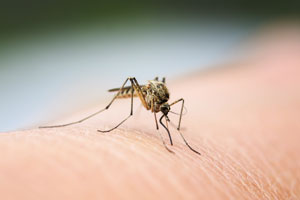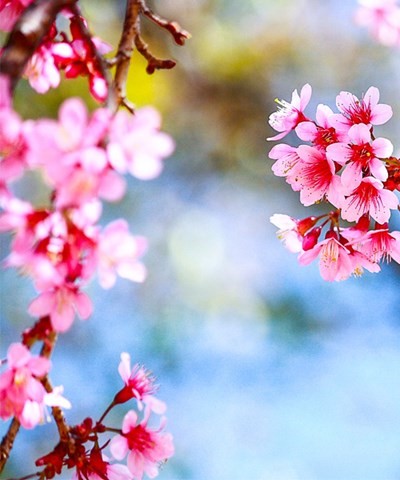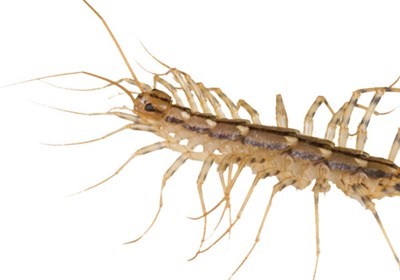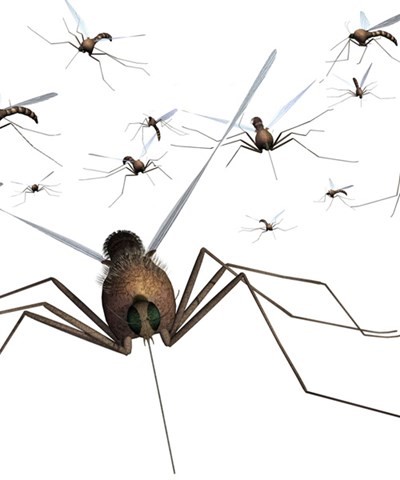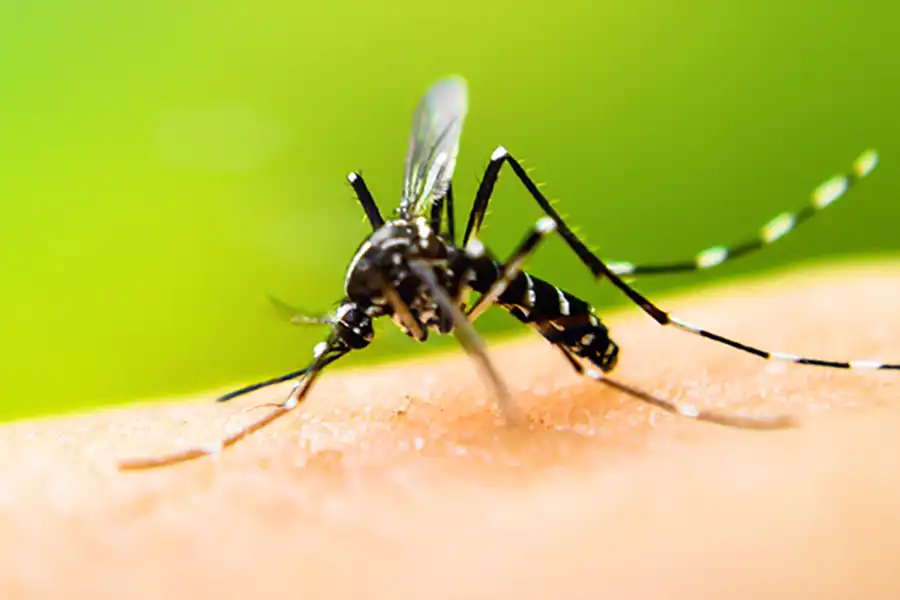At Batzner Pest Control, we are keeping up-to-date with the COVID-19 situation as it unfolds each and every day. Our team continues to be committed to the health and safety of our communities throughout Wisconsin. With so much misinformation about the virus out there, we’re here to help dispel one myth in particular about the transmission of coronavirus. Currently, there is no evidence to suggest that mosquito bites or ticks transmit COVID-19. Although these two insects are vectors for some very serious diseases worldwide, the current pandemic is not included. With information gathered from the CDC on vector-borne diseases, keep reading to learn why mosquitoes and ticks do not transmit coronavirus.
Do Insects Transmit Coronavirus?
Mosquitoes and ticks do not transmit COVID-19. These two are vectors for deadly diseases, but coronavirus is spread in a very different way:
- Coronavirus is a respiratory virus that currently is spread from person to person, and is increasingly considered an airborne virus.
- Research has shown that this virus spreads from droplets from saliva or nasal discharge, often generated when an infected person sneezes or coughs. It can also be spread through contaminated surfaces.
- COVID-19 is best avoided by avoiding exposure with infected persons. This is the biggest difference between mosquito-borne diseases and coronavirus, which is very contagious.
Worldwide Diseases Spread by Mosquitoes and Ticks
Vector-borne diseases are different than coronavirus in several ways. According to the World Health Organization (WHO), “vector-borne diseases are human illnesses caused by parasites, viruses and bacteria that are transmitted by vectors”. The most common vector pests are fleas, ticks, and mosquitoes, all of which can spread disease with their bites. Mosquitoes and ticks are especially concerning: mosquitoes have infamous transmitted malaria, Zika virus, West Nile virus, chikungunya, yellow fever, and more, while ticks transmit Lyme disease. Vector-borne diseases are very dangerous and have impacted nations worldwide.
Our Family is Here For You
Good news is that mosquitoes and ticks do not transmit COVID-19. However, they are still considered dangerous pests. Pandemic or not, Batzner Pest Control is here to provide you with pest control services all year long. We are proud to stay committed to our goal of keeping our communities safe and healthy by all means possible.
With the COVID-19 situation changing on a daily basis, we encourage our customers to seek more information and follow guidelines released by the WHO, CDC, as well as your state and local public health agencies.

